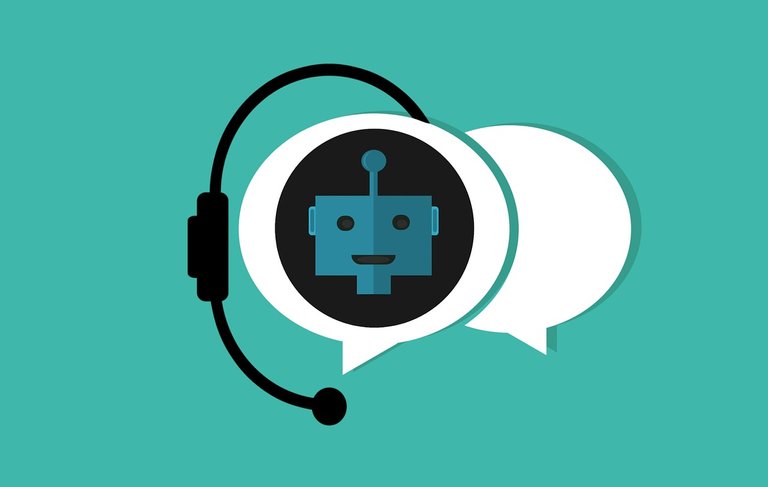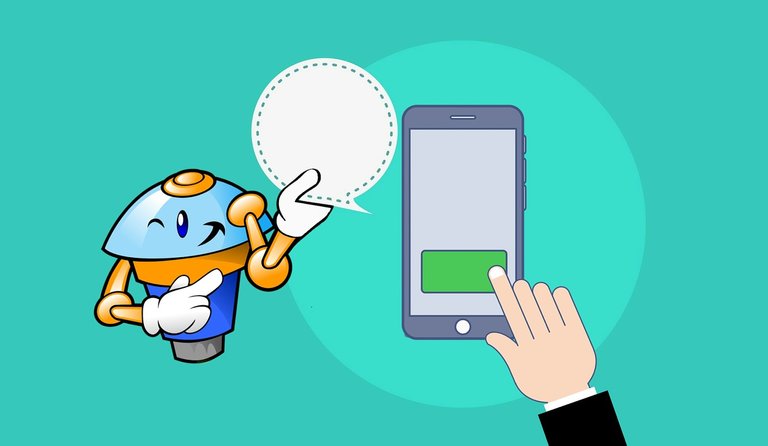My View: How Can Social Robots Assist Children With Learning Disabilities ?
Lately, you see I have been seeing a lot of cerebral palsy patients, an this got me thinking about the possible ways in which robots can assist children with learning disabilities. Then of course I did some findings.
Speaking of findings I actually found something interesting.
Read on
I know what you thinking at this point , but hear me out
Of course, it might sound a bit strange to have a robot mentor or teacheer but trust me – there are some definite benefits.
Robots are ideal for providing personalized instruction because they don't tire out like human teachers do. They can also remember details about individual students and provide effective feedback – things that humans just can’t do as efficiently.

Image by Mohamed Hassan from Pixabay
What Is a Social Robot?
Before we get into the nitty gritty of how social robots can help children with learning disabilities, let's start at the beginning – What is a social robot?
At its core, it’s a robotic companion designed to make life easier for those with learning disabilities. It’s basically like having a robot friend who can interact with you, learn your personality and habits, and offer assistance when you need it. Think of it as your very own C-3PO – only without the ability to outsmart Darth Vader (it’s not that advanced yet).
Social robots are incredibly versatile and can be used in a variety of ways. They can provide support in the classroom while offering teaching aids tailored to a child’s specific needs. They can also provide companionship and serve as an emotional outlet for children who may feel socially isolated or anxious in certain situations. Additionally, social robots have been found to help children focus during tasks that require sustained concentration, such as math or problem solving.
Benefits of Using Social Robots
Let's face it: teaching children with learning disabilities can be a challenge. But what if I told you that there could be a helping hand that is not only more patient, but more efficient and warm-hearted too? Enter the world of social robots!
Social robots are designed to interact with kids in order to help them achieve their learning goals. They bring an unprecedented level of engagement, allowing students to learn at their own pace and in a way that’s easier for them to digest.
I mean, sure, what human teacher wouldn't love to have an extra set of hands (not to mention an extra brain) around? With social robots, kids can get that level of extra care - and it doesn't matter if the robot is feeling tired or grumpy like humans sometimes do. With robots, you’ll never get less than what you deserve!
In addition, social robots are incredibly adaptive - they can personalize the learning experience for each student and adjust to their specific needs. That's why I'm such a huge advocate for social robots when it comes to assisting children with learning disabilities - they bring kindness and empathy into the equation without compromising on efficiency.
How Does a Social Robot Enhance the Learning Experience?

Image by Mohamed Hassan from Pixabay
When I think back on my own childhood, I can’t help but wonder how much easier it would have been if I had a social robot companion! Social robots can provide the entertainment, support and reinforcement that children with learning disabilities need to enhance the learning experience.
One of the biggest benefits of social robots is their adaptability—they can communicate in a way that is tailored to the user’s abilities. For example, they can adjust their verbal and visual cues to provide just enough challenge without being too intimidating. This allows children to learn at their own pace and in their own way.
What’s more, social robots are incredibly interactive and engaging, providing children with a unique platform for exploration and discovery. A social robot can ask questions, offer feedback, provide encouragement and even act out different scenarios—all while helping children stay motivated and engaged in the task at hand.
Finally, social robots don’t just provide entertainment; they also help children build problem-solving skills through trial-and-error activities—and even teach some basic coding concepts along the way!
Potential Pitfalls of Implementing Social Robots
I'm sure when you first heard the phrase "social robot" you may have thought, "What a perfectly lovely idea", but there are some potential pitfalls of implementing them in the classroom.
Cost
For starters, social robots cost money—money that schools rarely have to spare. Of course, technology has a tendency to get cheaper over time, and that's especially true of social robots. But they're still not cheap enough for most schools to make them a viable option in the classrooms.
Maintenance
Then there's ongoing maintenance to consider—someone has to make sure the robot is up and running properly at all times. And regular maintenance isn't cheap either—so your fluffy robot helper might cause more headaches than it solves if it's not being adequately taken care of.
Cybersecurity
And let's not forget about cybersecurity—these days, no technology can be completely secure. So any school that wants to implement social robots should make sure they've got robust security protocols and procedures in place to protect their students' data.
Examples of Social Robots Helping Children With Disabilities
Benefits for Parents and Caregivers When Using a Social Robot
When it comes to caring for children with learning disabilities, social robots can be a real game-changer—and not just for the kiddos! Parents and caregivers often find themselves feeling overwhelmed and exhausted—but social robots can help make things just a teeny bit easier.
Now how much of a benefit can social robots be :
Firstly, they are beloved by children with special needs. Kids with autism, ADHD, dyslexia – they all find comfort in the presence of a robot that is designed to understand their individual needs and respond appropriately. This makes life much easier for busy parents and caregivers who can now step back and let the robot do its job.
Secondly, it provides parents with peace of mind that their child is safe, entertained and learning during their absence—a feature that is especially important for those living in rural or remote areas with limited access to care services. A robot lets them be present in spirit even if they have to be away from home physically.
Thirdly, robots provide an opportunity for parents and carers to be proactive in managing the development of their child as they are able to monitor the progress made through data collected from the robot's sensors—a great way to keep track without having to conduct intrusive tests or assessments on their child.
So yes – you most probably heard it here first: social robots aren’t just an invaluable companion for children with learning disabilities—they’re a helpmate for parents too.
To sum things up, I believe that having social robots assist children with learning disabilities can be a game changer in helping them reach their full potential. No child should be held back from reaching their goals, dreams, and aspirations due to a learning disability. It’s my hope that social robots will continue to make strides and help children living with learning disabilities experience more success in their everyday lives
And hey, if a robot can help kids, who knows, maybe one day robots could even help us all with our own learning disabilities.
Thanks for reading Sayonara 🖐️
References/Resources
Thanks for your contribution to the STEMsocial community. Feel free to join us on discord to get to know the rest of us!
Please consider delegating to the @stemsocial account (85% of the curation rewards are returned).
You may also include @stemsocial as a beneficiary of the rewards of this post to get a stronger support.
Yay! 🤗
Your content has been boosted with Ecency Points, by @sam9999.
Use Ecency daily to boost your growth on platform!
Support Ecency
Vote for new Proposal
Delegate HP and earn more
https://twitter.com/1088000599805882370/status/1630717695443304449
The rewards earned on this comment will go directly to the people( @sam9999 ) sharing the post on Twitter as long as they are registered with @poshtoken. Sign up at https://hiveposh.com.